Severe Weather Just Changed Yellowstone National Park Forever—Here’s How
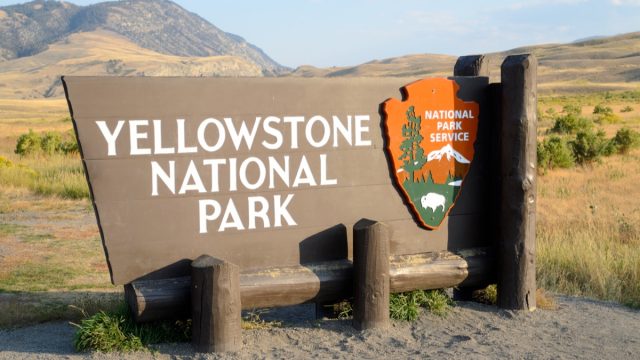
If you have an upcoming trip to Yellowstone National Park planned, you’re not alone: Around four million people visit Yellowstone every single year, with the summer months being the most popular time to visit. The park, which spans more than two million acres of land across the states of Wyoming, Montana, and Idaho, was first established in 1872—making it the oldest and one of the largest national parks in the U.S. But while Yellowstone has gained massive popularity among travelers who are able to observe wildlife from the safety of their own car, those hoping to drive through this summer might be in trouble. The park just abruptly closed because of severe weather, and when it does reopen, it may never be the same. Read on to find out more about Yellowstone’s permanent changes.
READ THIS NEXT: 6 Reasons to Visit Zion National Park Right Now, According to Experts.
Extreme weather has been hitting all across the U.S. recently.
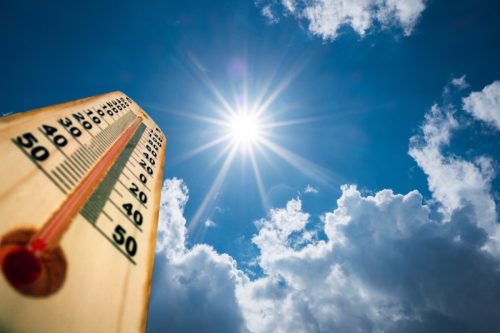
As summer rolls in, the U.S. is already struggling with extreme and unusual weather. According to AccuWeather, record high heat has hit several states in the first part of June this year—which is unusually early for the season. “Comfortable weather will be but a distant memory in the days to come,” forecasters warned. The current extreme weather has already prompted heat warnings, power outages, and severe flooding for hundreds of thousands across the country, CNN reported.
More than 100 millions Americans—or nearly a third of the entire population—are under an extreme heat warning right now, with some cities reaching over 110 degrees, meteorologists told The New York Times. And severe storms in the Midwest and Southwest have caused power outages for thousands since June 13, with more than 300,000 people across at least five states still without power, according to data from PowerOutage.US. At the same time, severe flooding has already caused historic changes for the oldest national park in the U.S.
Heavy rainfall and severe heat just caused a massive flood in Yellowstone National Park.
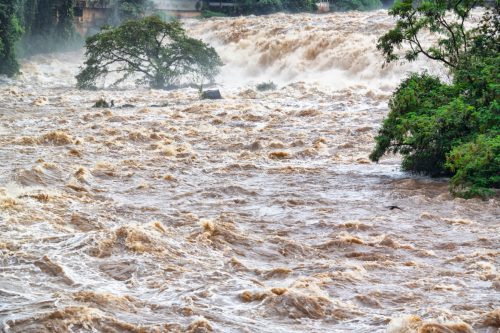
The country’s extreme weather has already had extreme consequences. A massive flood hit Yellowstone National Park on June 14, with water levels breaking record highs at 11.5 feet that night, according to the Bozeman Daily Chronicle. Cam Sholly, the superintendent of the park, said during a press conference that the flood was caused by the combination of two to three inches of rain hitting the weekend before and warming temperatures melting 5.5 inches of snow, per The New York Times.
As a result of the flooding, more than 10,000 visitors had to be evacuated from Yellowstone, and on June 14, Montana Gov. Greg Gianforte declared a statewide disaster. Officials have also closed all five entrances to the park, and the entire park is likely to remain closed for at least a week as officials assess the impact, Sholly said. But entrances near the northern section of the park could remain inaccessible until the end of October.
“I’ve heard this is a 1,000-year event, whatever that means these days. They seem to be happening more and more frequently,” Sholly said, adding that some weather forecasts are already warning about the possibility of additional flooding this coming weekend.
For more travel news delivered straight to your inbox, sign up for our daily newsletter.
The flood has already permanently changed the park.
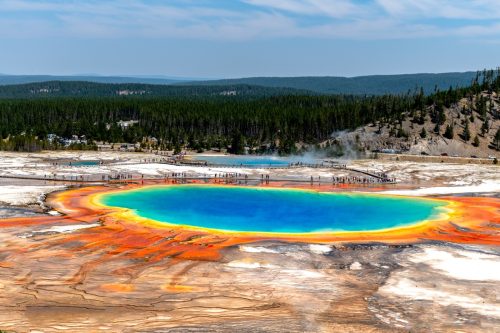
This severe flood could forever alter the landscape of Yellowstone National Park in a way that could set back the more than thousands of years of work that went into making the park accessible to tourists, the Associated Press (AP) reported on June 15. “Extensive flooding throughout Park County has washed out bridges, roads, and left communities and homes isolated,” officials said in a June 13 statement posted on the Park County, Montana, Facebook page.
According to the AP, floodwaters have potentially pushed a popular fishing river permanently off course, and damaged roadways so badly they may need to be rebuilt. “The landscape literally and figuratively has changed dramatically in the last 36 hours,” Bill Berg, a commissioner in nearby Park County, told the news outlet. “A little bit ironic that this spectacular landscape was created by violent geologic and hydrologic events, and it’s just not very handy when it happens while we’re all here settled on it.”
Experts are warning about the impact of climate change on weather.
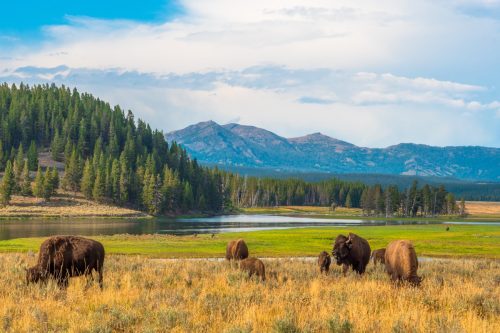
Officials have not directly attributed the severe flooding in Yellowstone to climate change, according to the AP. But Rich Thomas, a climate specialist at the University of Alaska Fairbanks, told the news outlet that as the environment gets warmer, extreme weather events are more likely than they would have been “without the warming that human activity has caused.”
“Will Yellowstone have a repeat of this in five or even 50 years? Maybe not, but somewhere will have something equivalent or even more extreme,” Thomas said. According to The New York Times, Yellowstone is expected to see “an increase in fires, dying forests, expanding grasslands, more invasive plants and shallower, warmer waterways” over the next few decades as a result of increasing strain from climate change.
READ THIS NEXT: Never Go in a Lake If You See This One Thing, Local Officials Warn.